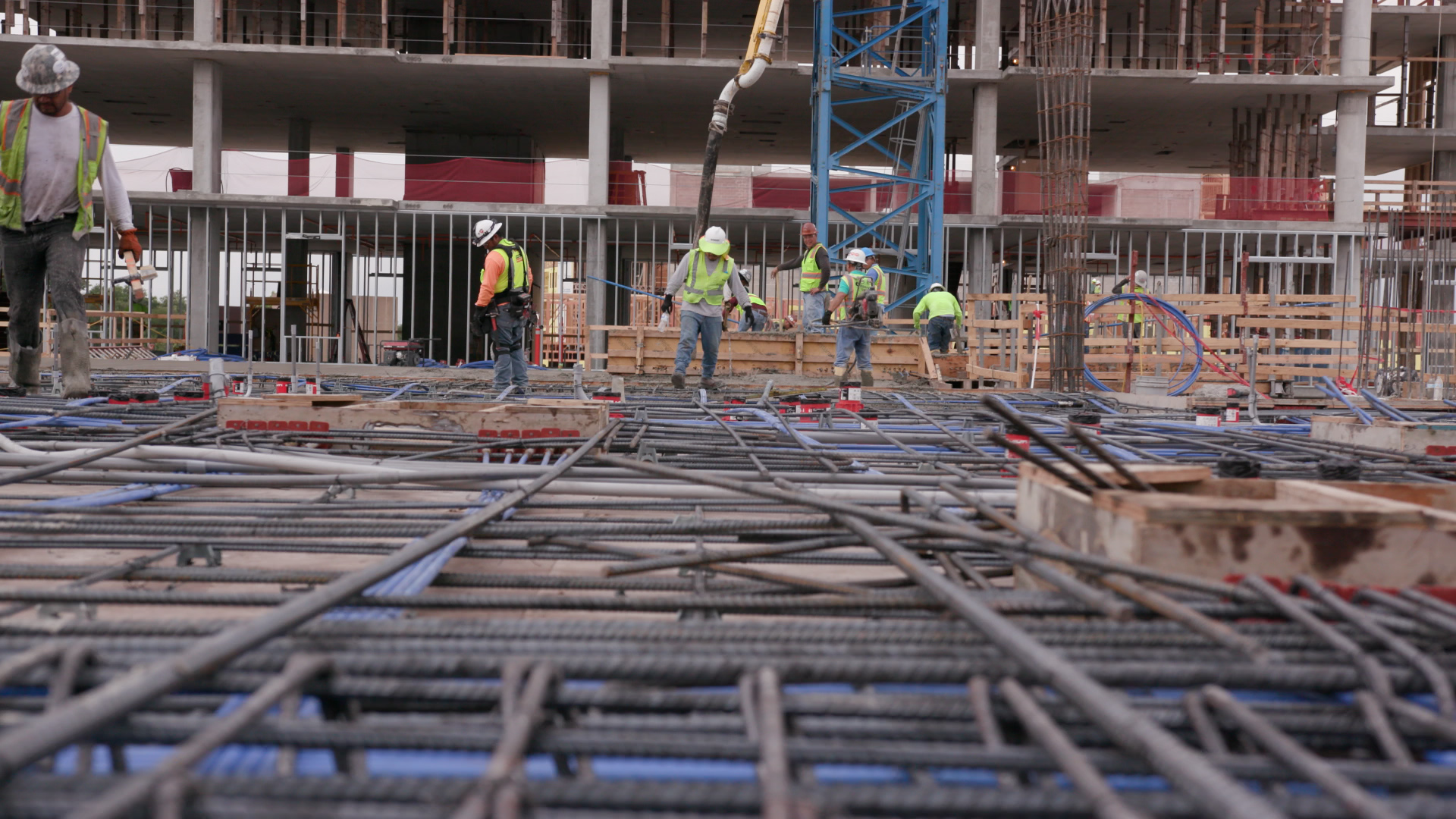
City seeing mixed results halfway through Strategic Housing Blueprint
This article was originally published by the Austin Monitor. To see the original post, click here.
The city is seeing mixed results halfway through the Austin Strategic Housing Blueprint adopted by City Council in 2017. After five years, the city is on track to meet goals aimed at preserving affordable housing and building new housing in some areas of town. However, the city continues to be far behind on its district-based goals related to the production of new affordable housing and the creation of permanent supportive housing for people experiencing homelessness.
Council recently received its 2022 scorecard from the nonprofit HousingWorks, which evaluates the city’s progress on these goals annually. Council adopted the 2017 plan with the hope of creating 135,000 new housing units over 10 years, including 60,000 affordable housing units evenly dispersed throughout the city’s 10 Council districts. But as recently as this summer, HousingWorks found in a district-by-district analysis that most of the new units created are within the city’s Eastern Crescent.
With regard to distribution, the 2022 report finds that the city’s east side districts have added more housing stock than their west side counterparts. In the east, District 1 has so far added 2,175 out of 7,086 units, or 31 percent of the way to completing its goal; District 2 has added 1,417 out of 4,492 units (32 percent of its goal); District 3 has added 1,498 of 6,295 units (24 percent); and District 4 has added 1,551 out of 3,105 units (50 percent). In the west, District 5 has added 935 out of 4,473 (21 percent); District 6 has added 446 out of 8,590 units (5 percent); District 7 has added 1,427 out of 6,651 (21 percent); District 8 has added 173 out of 7,217 (2 percent); District 9 has added 791 out of 3,635 units (22 percent); and District 10 has added 31 out of 8,456 units (less than 1 percent).
“As we surpass the halfway point since the adoption of the Blueprint, only one Council District is currently on-pace to meet its ten-year goal after five years, having constructed 1,551 units,” the report reads. “While Districts 1, 2, 3, 4, and 7 have at least 1,000 income-restricted affordable housing units currently under construction, Districts 6, 8, and 10 – the Council Districts furthest behind on their ten-year affordable housing goals – have only 540 income-restricted affordable units in the pipeline combined.”
The report also shows that when it comes to new housing, the city has made more progress on creating market-rate or near market-rate housing and less progress on creating housing at 80 percent of the median family income and below. Between 2018 and 2022, the city created just 3,597 housing units priced between 61 percent and 80 percent MFI; 6,484 at between 31 percent and 60 percent MFI; and 363 at 30 percent MFI or below.
While the city is on pace to reach its goal of 75 percent of new housing units built within Imagine Austin centers and corridors, the city is just 16 percent of the way to meeting its goal ensuring 25 percent of new income-restricted affordable housing units are built in high-opportunity areas.
The city is more than halfway toward its goal of preserving 10,000 affordable housing units over 10 years but is nowhere near its goal of developing 1,000 units of permanent supportive housing over three years.
In a memo addressed to Mayor Kirk Watson and the rest of Council, Housing Director Rosie Truelove acknowledged the lack of progress.
“Based on the data, the Housing Department strongly suggests that the best practice would be to review and update the Strategic Housing Blueprint, including the overall goals and the structure of the Council adopted district based goals,” she wrote. “This policy work could be the establishment of a goal for City-funded units to ensure there is a clear understanding of how City funds and efforts should be prioritized for maximum benefit to the community.”
Community journalism doesn’t happen without community support.
Got story ideas, advice on how we can improve our reporting or just want to know more about what we do? Reach out to us at news@klru.org.
And if you value this type of reporting, then please consider making a donation to Austin PBS. Your gift makes the quality journalism done by the Decibel team possible. Thank you for your contribution.
More in Politics:
See all Politics posts





Contact Us
Email us at news@klru.org